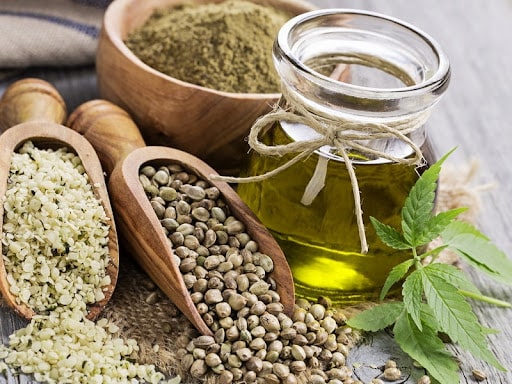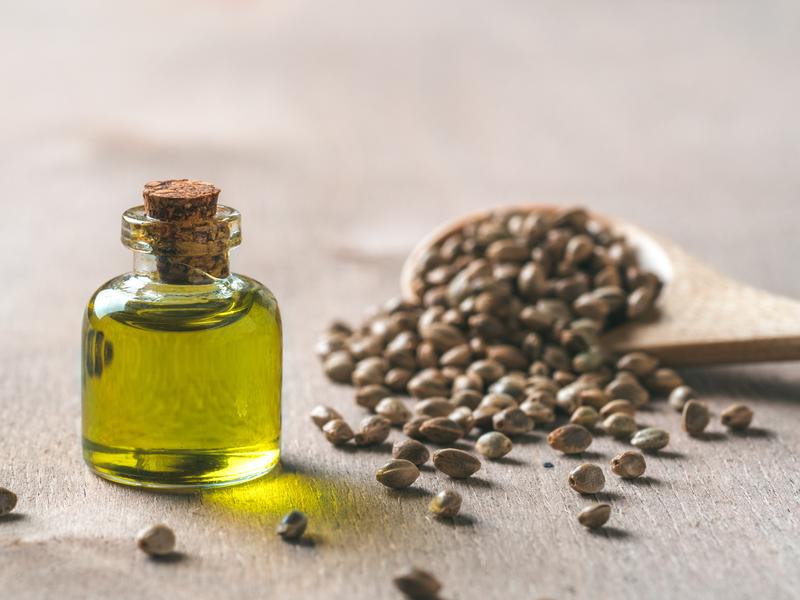Things You Should Know About CBD

CBD is all the rage these days. Everyone seems to be talking about it, but what exactly is CBD and what does it do?
What is a cannabinoid?
You may have heard CBD referred to as a cannabinoid. The term cannabinoid refers to any compound that activates the endocannabinoid system by activating its receptors. Cannabinoids are produced naturally in the body, but can also come from other sources.
Cannabinoids that occur naturally in the body are called endocannabinoids. Cannabinoids that come from plants are called phytocannabinoids. CBD is an example of a phytocannabinoid, although there are many. There are also synthetic cannabinoids.
How do cannabinoids work?
A cannabinoid is anything that activates the endocannabinoid system (ECS). So what exactly is the endocannabinoid system? The SEC plays an important role in regulating many functions within your body, including the inflammatory system, immune function, sleep, appetite, digestion, pain receptors, hormones, reproductive function, and memory. Your body produces endocannabinoids as needed to help with this regulation. These endocannabinoids activate your cannabinoid receptors: cannabinoid receptor 1 (CB1) and cannabinoid receptor 2 (CB2)1.
CB1 receptors are found primarily in the brain and throughout the central nervous system2. They are primarily associated with pleasure and reward pathways.
CB2 receptors are found primarily in the immune system3. They are found on the surface of white blood cells throughout the body, including muscles, skin and vital organs. CB2 receptors are also linked to the regulation of the inflammatory system. CB2 receptors are not as widely distributed throughout the body as CB receptors14.4.
Here’s an example
Have you ever felt the famous “runner’s high”? You can thank your endocannabinoid system for that. After a period of intense exercise, the body begins to produce an endocannabinoid called anandamide. Anandamide activates CB1 and CB2 receptors. When anandamide activates the CB1 receptors, it produces an almost euphoric feeling, while activation of the CB2 receptors relieves discomfort in the muscles and joints.

Delta-9 tetrahydrocannabinol (THC) is one of “more than 80 biologically active chemical compounds” found in hemp5. THC is a psychoactive cannabinoid and causes psychoactive effects or a “high” THC activates both CB1 and CB2 receptors.
Cannabidiol (CBD) is another compound found in hemp. CBD does not have the same psychoactive properties as THC. CBD interacts directly with CB1 and CB2 receptors, but the interaction is so weak as to be inconsequential6. CBD does not affect your endocannabinoid system, but affects it indirectly and through a different mechanism than most cannabinoids.
CBD acts on an enzyme called fatty acid amidohydrolase (FAAH). FAAH breaks down the aforementioned anandamide. CBD slows down the activity of FAAH, which leads to an increase in anandamide levels in the body.7 Anandamide is an endocannabinoid that the body produces and affects both CB1 and CB2 receptors, resulting in increased feelings of euphoria (CB1) and calming inflammation in tissues (CB2).
Is CBD safe and effective?
It seems that CBD has flooded the market and can be found in every product imaginable, from chew to dog treats. Amidst all the commotion, however, we have several reasons to remain cautious.
The FDA acknowledges that “some companies are selling products containing hemp and hemp-derived compounds in ways that violate the Federal Food, Drug, and Cosmetic (FD&C) Act and that could put the health and safety of consumers at risk. “8
There is relatively little medical and scientific research on CBD. This is largely due to legal and research limitations. Some studies indicate promising benefits, but the research is still young, and it is still too early to draw any definitive conclusions about the perceived health benefits of CBD.
If you want to buy quality CBD oil, they suggest that you head to Ecowatch to find out more.

